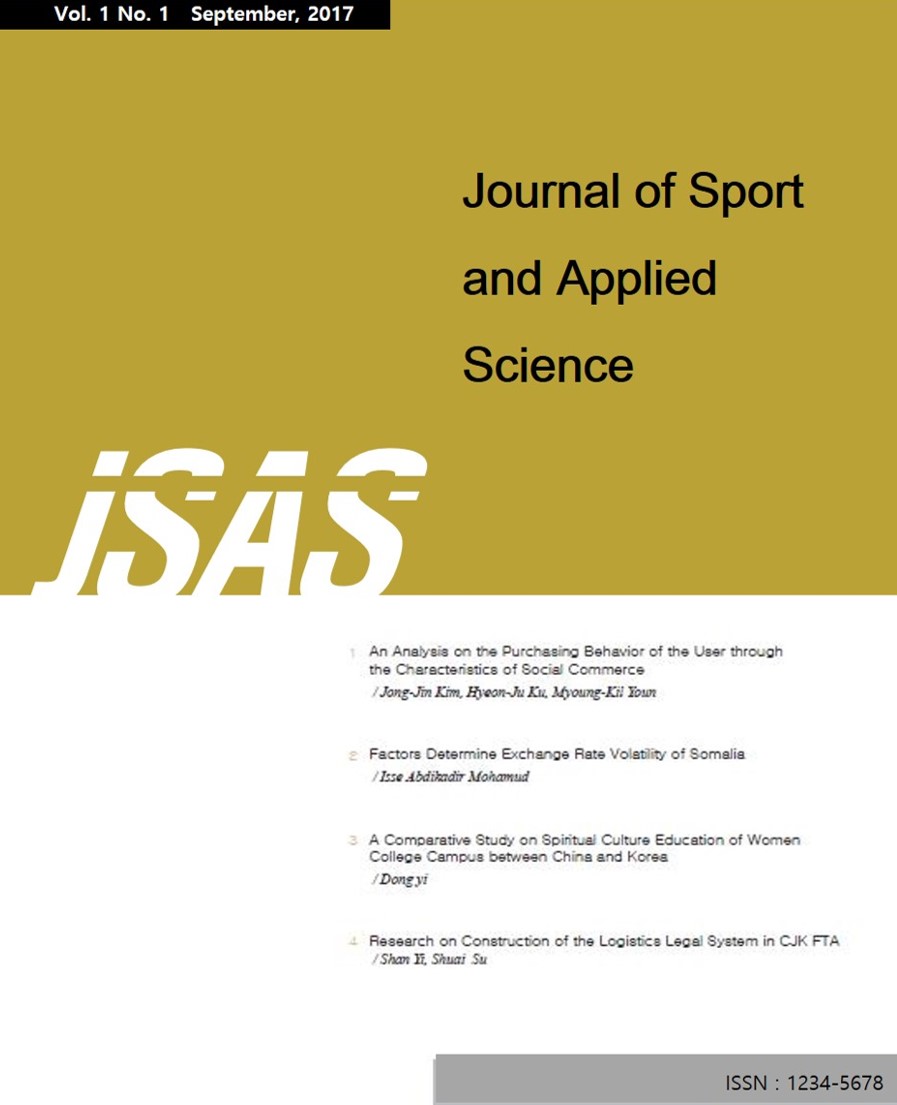- 권한신청
- E-ISSN2586-6028
- KCI Candidate
A Study on The Usability Evaluation Based on Text Analysis for The Development of Comfort-Shoes for Middle-Aged
YOON, Sang Hoon (Sports Intelligence Co.,Ltd)
KWON, Ki Hyun (Sports Intelligence Co.,Ltd)
SEO, Jeong Kwon (Department of Sport Convergence, Eulji University)
HAN, Seung Jin (Department of Sport and Outdoor, Eulji University)
Abstract
Purpose: This study is to conduct usability evaluations from the perspective of developing comfort-shoes for the middle-aged and elderly to identify key factors and derive implications for optimal comfort-shoes production. Research design, data, and methodology: A total of 10 middle-aged and elderly women in their 50s and 60s were selected as eligible for the rescue. For data collection, the study was conducted in a Gang Survey, where pre-explanations, shoes test, and interviews were conducted. The collected data were analyzed in a total of four stages. In step 1, the contents obtained through interviews with the subjects were recorded in text, organized and analyzed systematically, and in step 2, unnecessary vocabulary, sentences, and overlapping opinions were eliminated. In step 3, we classified areas around key functions and carried out categorization tasks. Finally, in Step 4, the results and implications of the study were derived by classifying each usability evaluation shoe as positive and negative text around categorized data. Results: There are a total of seven factors for comfort-shoes usability evaluation, which are categorized as cushion, fitting, stability, flexibility, lightweight, comfort, and pressure. Positive/negative factors for the derived usability evaluation factors were shown in the form of a positive-centered, negative-centered, and positive-mixed mix for each of the four products. Positive-focused products are VA products, which are seven times more positive than negative factors. Negative-centered products are CL and SA products, which are five times more negative than positive factors. Positive mixing was a CA product with a ratio of 1:1. Text-based usability evaluations allow us to proceed with analysis based on more scientific data rather than simply listening to opinions and judging by comments. Conclusions: The study discussed implications of developing comfort-shoes for middle-aged consumers and future directions were discussed.
- keywords
- Middle-Aged, Comfort-Shose, Usability Evaluation, Text Analysis, Gang Survey
- 다운로드 수
- 조회수
- 0KCI 피인용수
- 0WOS 피인용수














